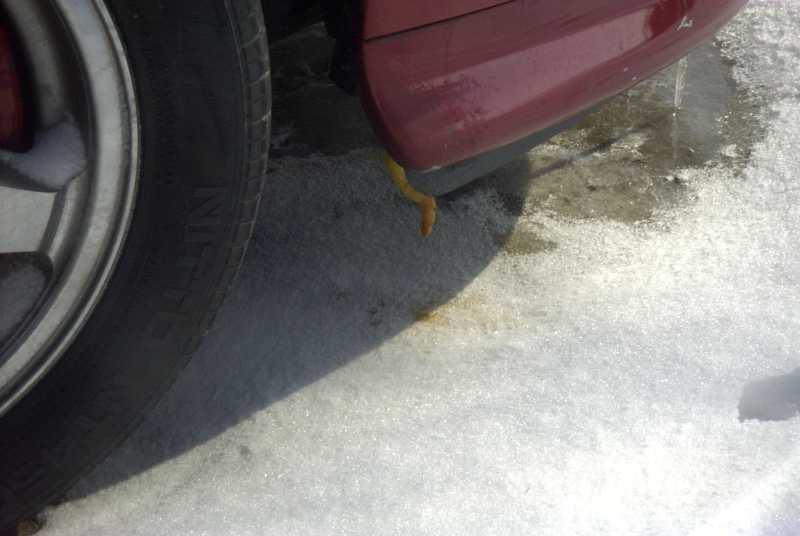Originally Posted By: JHZR2
Originally Posted By: SteveSRT8
When I worked for a man locally with a HUGE car collection his one steady rule was never start the cars unless you could drive it for at least 30 minutes.
This has generally been my rule, but it may be outdated.
Yes, this was a car collection of primarily older vehicles. The advice was not based solely on the engine either.
While I agree the info I provided is dated I would also say that the OP's question is wildly platform specific as per your example. My sig car also has no problem warming the oil in any weather, but the mega sized cooling system has a bit of a delay coming up to full operating temps. Transmissions and differentials also can take a lot of time to warm up if not driven aggressively.
Originally Posted By: SteveSRT8
When I worked for a man locally with a HUGE car collection his one steady rule was never start the cars unless you could drive it for at least 30 minutes.
This has generally been my rule, but it may be outdated.
Yes, this was a car collection of primarily older vehicles. The advice was not based solely on the engine either.
While I agree the info I provided is dated I would also say that the OP's question is wildly platform specific as per your example. My sig car also has no problem warming the oil in any weather, but the mega sized cooling system has a bit of a delay coming up to full operating temps. Transmissions and differentials also can take a lot of time to warm up if not driven aggressively.





